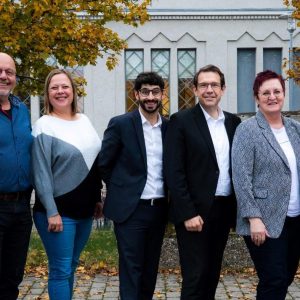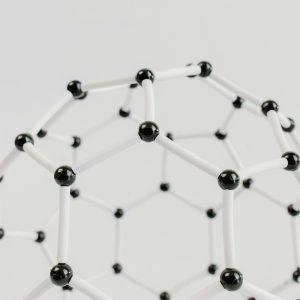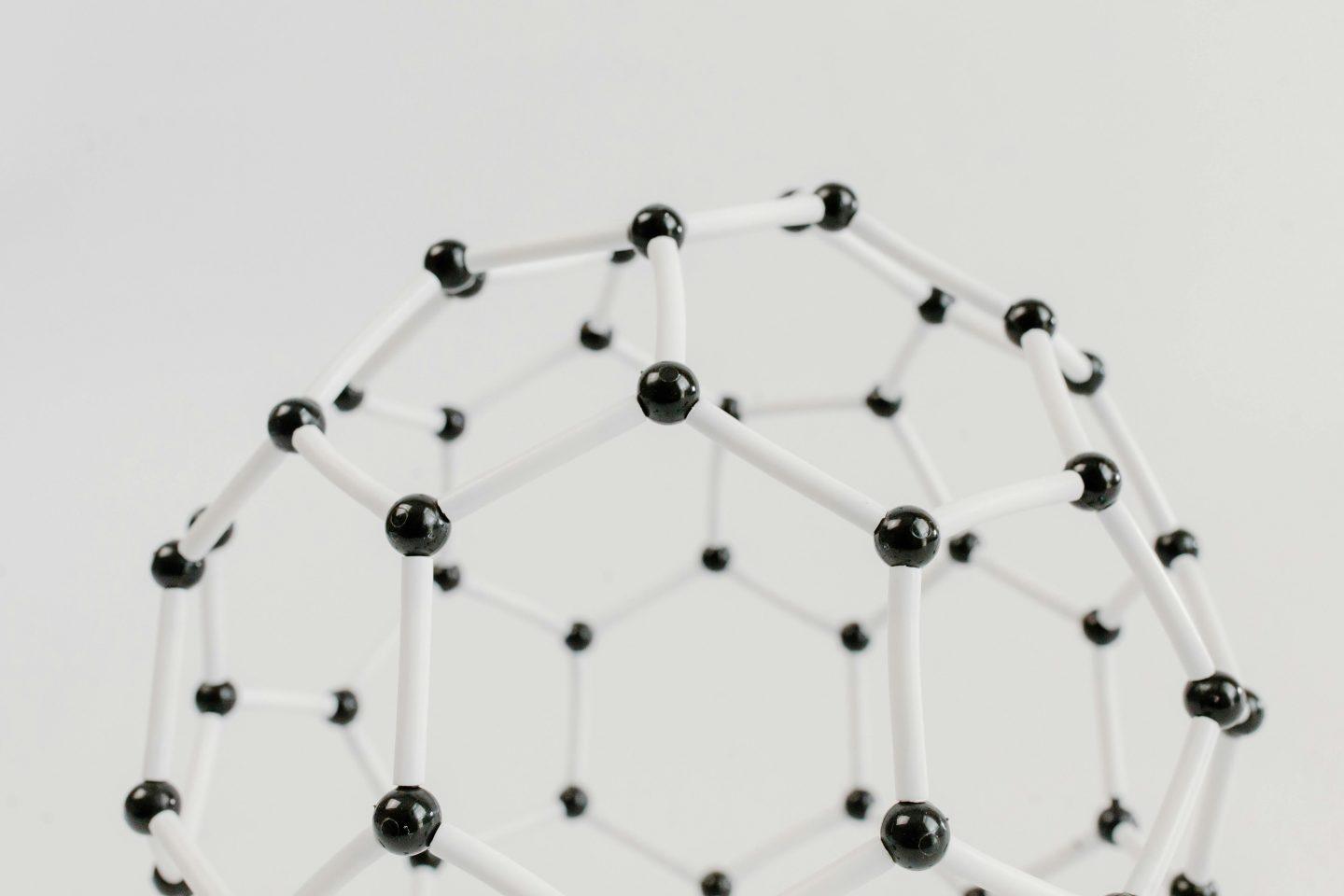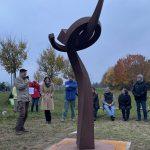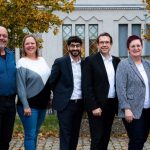ADVERTISING
SUPERARRAY research project led by TU Darmstadt receives 3.6 million euros
As TU Darmstadt announces, it is coordinating the new collaborative project SUPERARRAY , which is dedicated to the development of precise and stable control techniques for quantum processors. At the heart of the project is a platform that connects laser sources and atomic memory locations in such a way that larger and more reliable quantum systems can be created – even outside of strictly controlled laboratory conditions.
Goal: Scalable and robust quantum processors
As with classical computers, more processing units mean more performance for modern quantum computers. However, quantum systems are extremely sensitive to external disturbances. For them to function under real-world conditions in the future, the stability , clock speed , and operating time of the systems must be significantly improved.
Another key lies in increasing the number of qubits . The more qubits that can be used stably, the more complex the tasks that can be performed – provided the error rate remains low. Research teams worldwide are working to scale quantum systems while simultaneously making them more robust against disturbances.
Optical precision meets quantum control
This is where SUPERARRAY comes in: The research group “Atoms – Photons – Quanta” led by Professor Gerhard Birkl, together with partners FiberBridge Photonics , planqc and MuniQC-Atoms, a modular architecture that combines state-of-the-art optical technologies with methods of quantum optics.
The concept connects multiple laser sources to atomic quantum arrays via waveguides. This is intended to allow quantum states precisely , stably , and with fault tolerance – an important step towards application-ready quantum computers.
Funding from the Federal Ministry
Federal Ministry for Research, Technology and Space (BMFTR) 3.6 million euros for the project as part of the “Quantum Systems” program .
(DARMSTADT – RED/PM/TU)


